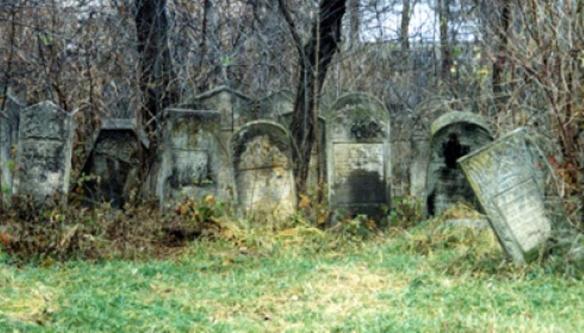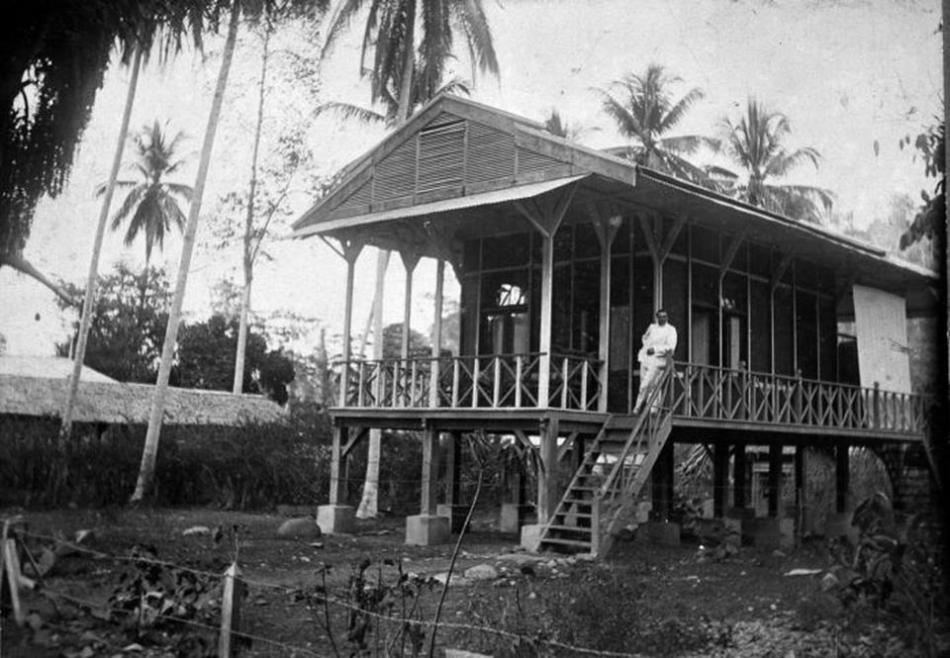Hundreds of Ancient Tomb Found in Lebong Bengkulu
Bengkulu (Reuters) Tuesday, March, 8th, 2010 – More than 900 ancient tombs found on a hill in the village of Mine Field, Belapis Pinang district, Lebong, Bengkulu.
Head of Tourism and Culture Lebong Yustin Hendri said, hundreds of tombs that have numbered headstones that have long been known to the public, but the number is not known with certainty.
“Local residents have long known on the hill there is an ancient tomb, but after we check into the field turned out of nearly 1000 graves and headstones unique all numbered,” he said when contacted from Bengkulu, on Tuesday.
Uniquely, according to him, there is one cross-shaped headstone that reads arab bald.
Currently, officers of the Department of Tourism and Culture to supervise the hundreds of tombs that have been cleaned of moss.
“We have reported it to the Regents and the Council, in the near future will further coordinate to follow up on these findings,” he said, adding.
Justin said that there are different versions developed in the community related to the findings of hundreds of ancient tombs.
Some say, hundreds of tombstones that are numbered graves of the workers was a gold miner in the Dutch period in 1905-1938.
“Some say the tomb is the tomb of the Netherlands because no cross but read the Arabic alphabet,” he said.
To investigate hundreds of ancient tombs, it would invite Archaeological Heritage Preservation Hall (BP3) with offices in Edinburgh and Archeology Palembang, South Sumatra.
Author Archives: Heart Spiritual
Line Marched Event
Image
Let’s Learn Rejang Language
Image
Veranda
Image
Rejang Complete Dictionary
Image
My Boat with Cute Girls
Image
A Beautiful Panorama in Tik Sirong Village
Image

A beautiful Panorama on Tik Sirong Village
Hopefully the upcoming 10 years the condition will be still like this …
Tik Sirong’s place is in Rimbo Pengadang District, Lebong Regency, Bengkulu Provence, Indonesia
This picture was taken by: Dadang Suroso
And he wish that in this place would be on line every day … but signal from provider is very bad, very slow…so he can’t upload any information to social network..
Muara Aman View
Image
Most people who want to give a garden party, start off by having a
garden. Therefore, when I saw the title of Simone Prodolliet’s book, I
expected the subject of her publication to be a small town (Kleinstadt).
However, Muara Aman, the topic of this book, has never had more than
12,000 inhabitants. As the author herself admits (p. 21), this is not a typical
small town, a category normally reserved for settlements of between
20,000 and 50,000 inhabitants.
Nevertheless, there is a case to be made for calling Muara Aman a town,
albeit a very small one. It is located in the Rejang-Lebong area, in the
colonial period part of the Residency Benkoelen (Bengkulu), South-West
Sumatra, and now part of the province of Bengkulu. Rejang-Lebong came
under Dutch administration in 1862. At that time, Muara Aman was
estimated to have a population of 700 ‘souls’. Even this figure may have
been an overestimate, because in 1879 what was presumably a more
accurate population count revealed that only 121 people lived in Muara
Aman. In 1896, however, gold was discovered in exploitable quantities in
the adjacent areas, and by 1897 Muara Aman had already acquired the
status of independent market-town (p. 102). In 1911, it had 1,028 inhabitants,
and around the same time the missionary Jenissen described the
place as a ‘real town’. It could be reached by car, it was the seat of an
Assistant-Resident and of the various mining engineers prospecting for
gold, and it could boast of a market and a number of shops, among which
was a photographer’s (p. 132-3). Although, therefore, by 1910 Muara
Aman certainly could be regarded as an administrative and economie
centre for the surrounding area, and showed some urban features, it was a
very small settlement. Even during its heyday in the 1920s it would never
have more inhabitants than 1,800 at the most (p. 131).
It is to be regretted that the author does not provide any kind of
comparative perspective regarding ‘urban’ centres in Sumatra in the early
twentieth century. Had she done so, she might have discovered that the
census of 1920 acknowledged 38 towns of less than 5,000 inhabitants in
Sumatra, of which Muara Aman was one. There werë also 13 towns of over
5,000 inhabitants. The census of 1930 acknowledged only 19 centres with
less than 5,000 inhabitants as towns, among which Muara Aman no longer
figured. The number of towns over 5,000 had increased to 16.
In 1930, therefore, the census-takers no longer regarded Muara Aman as
a town. In this respect, it was apparently not alone, as more centres had lost
their ‘small town’ status between 1920 and 1930. One hesitates to
contribute this phenomenon of ‘disappearing’ small towns entirely to the
Depression of the 1930s that started late in 1929. The author herself dates
the decline of Muara Aman from the 1930s (p. 138), but according to her
own data on gold and silver (Graph 1, p. 82), production had already
slipped into a steady downwards decline after a peak in 1925. One would
like to know whether this was just a local phenomenon, or if factors
operated here that had also played a role in the other Sumatra centres that
had lost their town status in the 1930 census. These questions not only
remain unanswered, they are not even posed. The author is also
distressingly vague about the effects of the 1930s, which, for a social
history of a small town, is rather surprising.
The main body of the text (without the introduction and the appendices) is
almost equally split between the colonial (pp. 42-174) and the postcolonial
period (pp. 175-297). In my opinion the most interesting and
novel pages on the colonial period are those on Muara Aman as a ‘melting
pot’, particularly pp. 138-54. Here the author provides fairly detailed
information on various local elite families, and her analysis reaches the level
of identifiable individuals.
In the second, post-colonial part of the book, description and analysis
are based largely on the results of Prodolliet’s fieldwork, carried out in the
late 1980s. We are provided with information on percentages of households
economically active in the various sectors of the local economy, on
average income and expenditure, and on the ethnic composition of the
groups engaged in these sectors, including data on religious and political
affiliations. More detailed information is given on the most important
economically active groups, namely agriculturists, petty commodity producers,
traders, civil servants, and gold-diggers (pp. 215-97).
This latter section, however interesting in principle, makes somewhat
tedious reading, as the author feels obliged to deal with these groups three
times consecutively. First, we are given a general description and analysis
of these groups. Then the same groups are dealt with again, but now the
focus has shifted to gender aspects, and finally they appear for a third time,
with emphasis on the ‘social space’ (Bourdieu) they occupy. Neither the
section on gender nor that on social space contributes much to our understanding
of the groups concerned as most information presented in these
sections had already been given earlier. Here, the composition seems to
reflect the fact that the book is a rewritten dissertation.
Social histories of small Indonesian towns are rare, and it could even be
argued that they were non-existent before this monograph was written.
Despite a number of objections to Prodolliet’s book, her pioneering efforts
in writing such a history should be applauded.
Source:
Book Reviews
Simone Prodolliet, Handlerlnnen, Goldgraber und Staatsbeamte;
Sozialgeschichte einer Kleinstadt im Hochland Südwestsumatras.
Berlin: Reimer, 1996, 372 pp. [Berner Sumatra-
Forschungen.] ISBN 3.496.02574.3. Price DM 69-.
PETER BOOMGAARD









